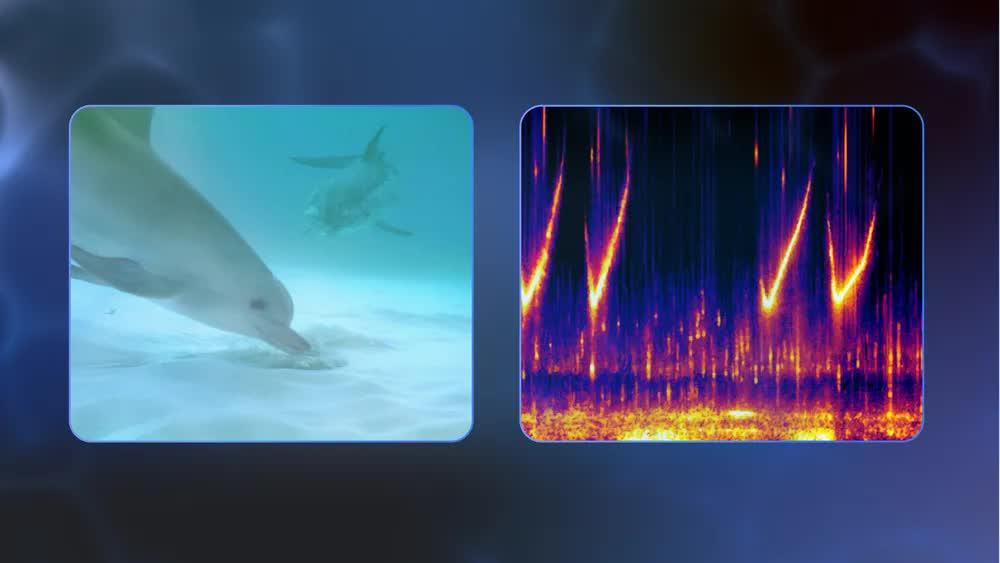Why it matters: In what could be the best use of AI to date, Google is using a new AI model and Pixel phones to try to understand dolphins and eventually communicate with the mammals. The aptly named DolphinGemma large language model could interpret whistles, clicks, squawks, and other noises made by everyone’s favorite sea creature.
Google has announced a collaboration with researchers at Georgia Tech and the field research of the Wild Dolphin Project (WDP), the latter of which has been collecting data on the noises dolphins make and their relationship to dolphin behavior for over 40 years.
Researchers previously correlated sound types with behavioral contexts. Dolphins have signature whistles that are used like names, allowing mothers to find their calves. They often use click “buzzes” during courtship or chasing sharks, while burst-pulse “squarks” are often seen during fights.
DolphinGemma, based on Google’s Gemma AI models, has been trained on WDP’s vast dataset of dolphin sounds and the accompanying notes.
It’s not just Google’s AI that’s being used by the project. Field researchers are using Pixel phones to record the sounds of the dolphins.
The Pixels run the sound through Google’s SoundStream tokenizer, allowing the noises to be fed into the model as they’re being recorded. Google notes that the 400 million-parameter DolphinGemma model is optimally sized to run directly on the Pixel phones WDP uses in the field.
Using Pixel phones can also significantly reduce the need for expensive hardware and lower costs, writes Google.
DolphinGemma works much in the same way as other large language models. It processes sequences of dolphin sounds to identify patterns, structure, and ultimately predict the likely subsequent sounds in a sequence.
WDP has also partnered with the Georgia Institute of Technology on CHAT (Cetacean Hearing Augmentation Telemetry), which is based on the Pixel 6. It creates synthetic whistles and attempts to associate them with specific objects the dolphins enjoy, like sargassum, seagrass or scarves the researchers use. It’s hoped the dolphins will mimic the sounds they hear to request these items.
The ultimate goal of CHAT is to eventually enable basic two-way interaction with the dolphins. Google says a new Pixel 9-based CHAT will be ready for the 2025 summer research season.
CHAT works alongside DolphinGemma. The LLM uses its “predictive power [to] help CHAT anticipate and identify potential mimics earlier in the vocalization sequence, increasing the speed at which researchers can react to the dolphins and [make] interactions more fluid and reinforcing.”
Hopefully, Google’s technology will help avoid this potential scenario:
Source link

